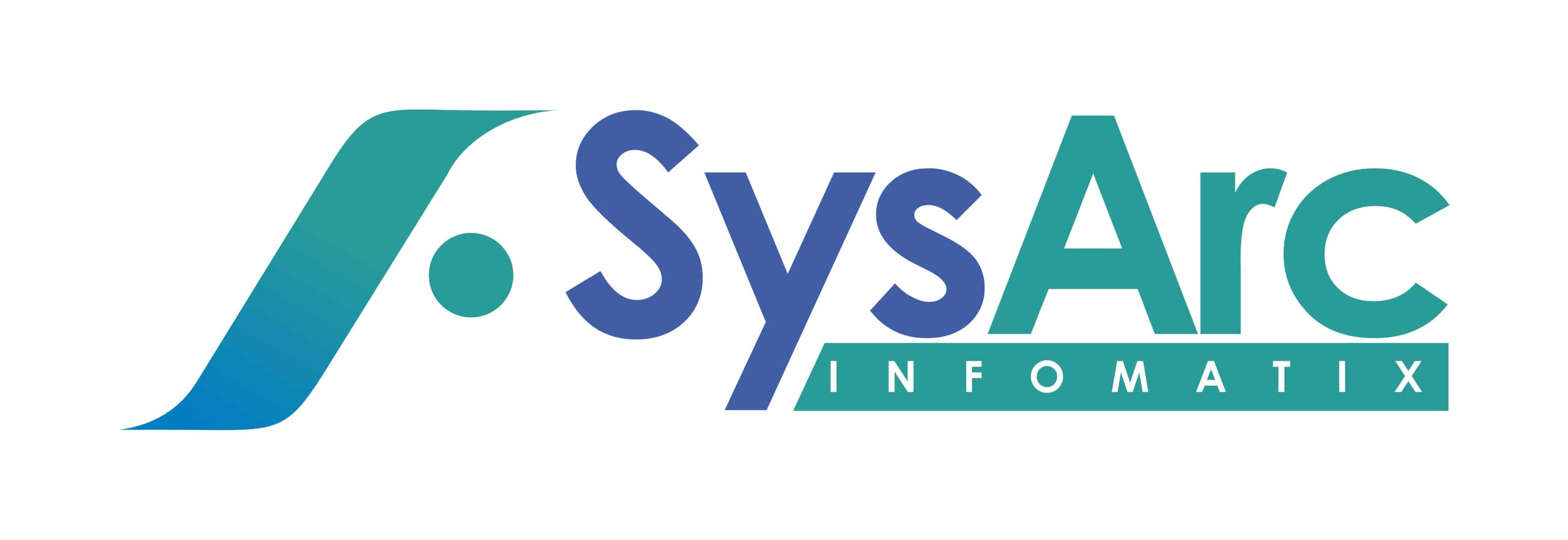Digital Mortgage Lending
There are over 500 alternative lenders in India, next in volume only to payments players. While they may have filled the space left vacant by banks and NBFCs in SME financing especially, a surprising fact is that there are very few of them doing mortgage finance. Even globally, such as in the US where mortgage debt is the largest component of personal debt (over 15 trillion), it has been the slowest segment to digitize. But in India, housing loans (as mortgages are called) form the largest category of personal lending (over 60% of all personal loans) yet FinTechs have been slow to latch on to the product and banks, NBFCs and HFCs (housing finance companies) continue to rule the roost.
Indian lending FinTechs are overtly concentrated in SME finance and personal lending, mainly the unsecured variety that is typically for consumer durables or personal expenses. Even under SME financing, products gaining traction are ones like POS financing (aimed at financing merchants who use swiping machines) and Invoice Based Lending ( a sort of working capital finance to SMEs against their account receivables). There are about 30 odd licensed entities engaged in P2P lending but that is again short-term unsecured lending and borrowing for personal needs.
The question to ask therefore is, why they have kept off mortgage lending?
One reason, and perhaps a major one, could be because the business itself is traditionally complex – given the sheer amount of data and documentation involved- from credit files, income verification to appraisals, contracts, and titles. Most SME lenders therefore tend to prefer unsecured lending, given the challenges of verifying the collateral. Currently MSME mortgages are not centrally recorded today, which leads to possibilities of borrower fraud with multiple mortgages on the same property, a problem that mainline banks and housing finance companies already grapple with.
There seems to be a good case for Blockchain technology or Distributed Ledger Technology (DLT) to enter, as one could visualize many use cases in mortgage finance. Globally, several companies have made their mark using blockchain. Figure, which raised considerable funding, has an offering which provides fixed-rate home equity lines of credit (HELOC) online, with a decisioning process that takes minutes and funding within days. The lending process takes place over the company’s own blockchain known as Provenance.
Some clear pluses of adopting Blockchain for the mortgage business process would be:
- Identity authentication
- Property ownership or title verification
- Lien transparency for lenders
- A single version of the truth
- Empowered users and increased security
In such a scenario, a single borrower may create a digital ID which would link all decentralized information in one connected network – mortgage history, outstanding balances, credit score, income, etc. Additionally, the recording of ownership and title data on encrypted blockchain ledgers, can help streamline the traditional mortgage process. If successful, such blockchain systems could even eliminate the need for title insurance in mortgage origination and thus help reduce costs for the customer.
There are other benefits. DLT does away with the need for reconciliation and the need for trust is also taken care of. Crucially, details of the security, including key facts and changes, become transparent to all, including other lenders. Another potential issue is that a lot of sensitive borrower data is involved, which currently banks store centrally on their servers. A blockchain solution could address the security issue by allowing for storage of data with the proper authority on the decentralized ledger.
With the advent of smart contracts and dapps (decentralized applications) in the blockchain space, third-party developers can offer functionality for network participants to use. For example, developers can create and host applications or APIs that validate and verify certain portions of a borrower’s information such as document verification, bank statement analyzer and so on.
With regard to the mortgage space, developers on a blockchain network can offer applications and services which help in digitizing land records, for instance. Lenders on the same blockchain may then underwrite mortgages against these records, eliminating fraud and thereby increasing the underwriting accuracy for collateralized loans. Even on the consumer side, blockchain offers great benefits. For example, borrowers could have access to algorithm based mortgage comparisons to help them choose the right product for their needs.
So why exactly have there been no takers?
Blockchain projects, though not yet mainstream, seem heavily concentrated on trade, payments or digital/crypto currencies. The aversion of key industry players in embracing this technology for mortgage lending, perhaps drives from the fact that currently there is no legal or regulatory framework for blockchain applications. Smart contracts are not yet legally binding which takes the business back to paper-based modes. Basic elements like smart contracts may not work under current Indian laws, where digital signatures are centrally controlled. Which probably explains why Indian developers are overtly focused on only one aspect of blockchain- the Distributed Ledger systems
Finally, most of the current FinTech solutions do not explicitly address the mortgage borrower; they are more focused in making tools for the B2B constituents – the loan officers, the processors, the investors. There is a clear need for directly empowering the mortgage customer by delivering value across the entire experience from application to a fully funded loan.

